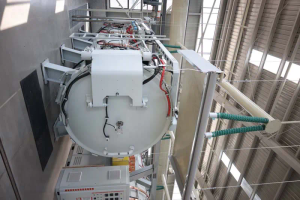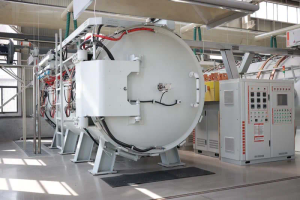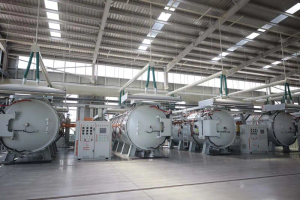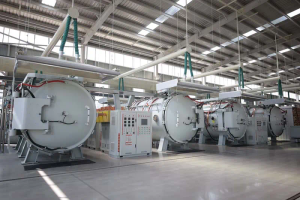Analysis of the impact of tool selection on surface quality in 5-axis CNC milling
Analysis of the Impact of Tool Selection on Surface Quality in 5-Axis CNC Milling
Introduction
Tool selection plays a critical role in achieving high-quality surface finishes in 5-axis CNC milling. The choice of tools can significantly impact the surface roughness, dimensional accuracy, and overall quality of the machined parts. This article aims to analyze the various factors that influence tool selection and their effects on surface quality.
Factors Influencing Tool Selection
The selection of a suitable tool for 5-axis CNC milling requires consideration of several factors to optimize surface quality:
- Cutting Speed and Feed Rate: The cutting speed and feed rate determine the material removal rate and chip thickness during milling. Higher speeds and feeds can result in increased heat generation, leading to poor surface quality. Selecting appropriate cutting parameters is crucial to balance material removal and surface finish.
- Tool Material: Different tool materials exhibit varying hardness, wear resistance, and thermal conductivity properties. Choose a tool material that can withstand the demands of the machining process while maintaining tool life and minimizing tool wear.
- Tool Geometry: Factors such as tool diameter, flute count, and helix angle influence the cutting forces, chip evacuation, and surface engagement. Optimal tool geometry selection can enhance chip control, minimize vibrations, and improve surface finish.
- Coating: Coatings like TiN, TiCN, and TiAlN improve tool life and reduce friction during cutting. Proper coating selection can enhance tool performance, prolong tool life, and ensure consistent surface quality.
- Cutting Strategy: The choice of cutting strategy, such as climb or conventional milling, spiral or trochoidal tool paths, and stepover distance, affects the chip formation and engagement with the workpiece. Selecting an appropriate cutting strategy can minimize tool deflection, chatter, and improve surface finish.
Impact on Surface Quality
The selection of the right tool directly affects the surface quality in 5-axis CNC milling. Here are some effects of tool selection on surface finish:
- Roughness: Tool selection influences the surface roughness, which is a measure of the micro-level irregularities on the machined surface. Improper tool selection can result in increased roughness due to excessive vibration, deflection, or inadequate chip evacuation.
- Accuracy: Tool geometry, coating, and wear directly impact dimensional accuracy. Incorrect tool selection can result in deviations from the desired dimensions, leading to poor part fitment or assembly issues.
- Tool Life: Inadequate tool selection can lead to premature tool failure, reducing tool life. Worn-out tools can cause erratic cutting forces and vibrations, adversely affecting surface quality.
Conclusion
In conclusion, tool selection is a crucial aspect of achieving high-quality surface finishes in 5-axis CNC milling. By considering factors such as cutting speed, tool material, geometry, coating, and cutting strategy, manufacturers can optimize tool selection to improve surface quality, accuracy, and tool life. Striving for the right balance between material removal and surface finish ensures the production of precise and aesthetically pleasing machined parts.
.webp)



